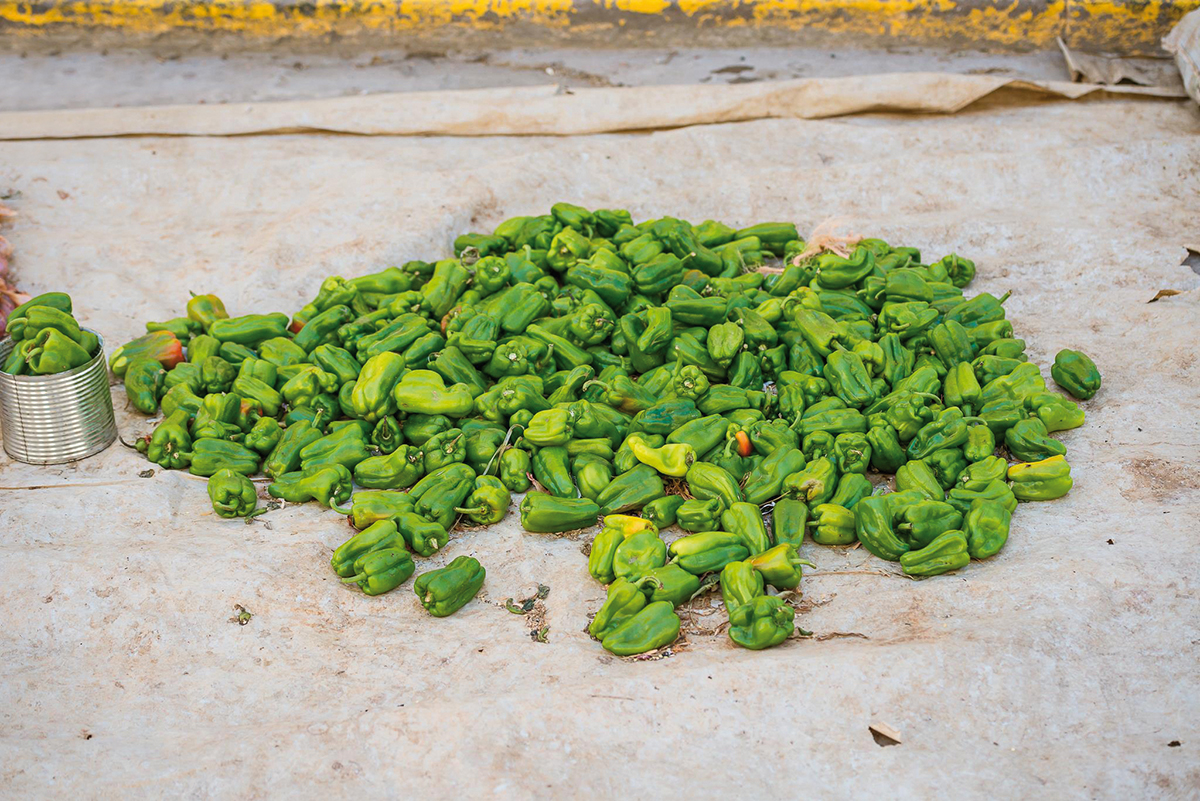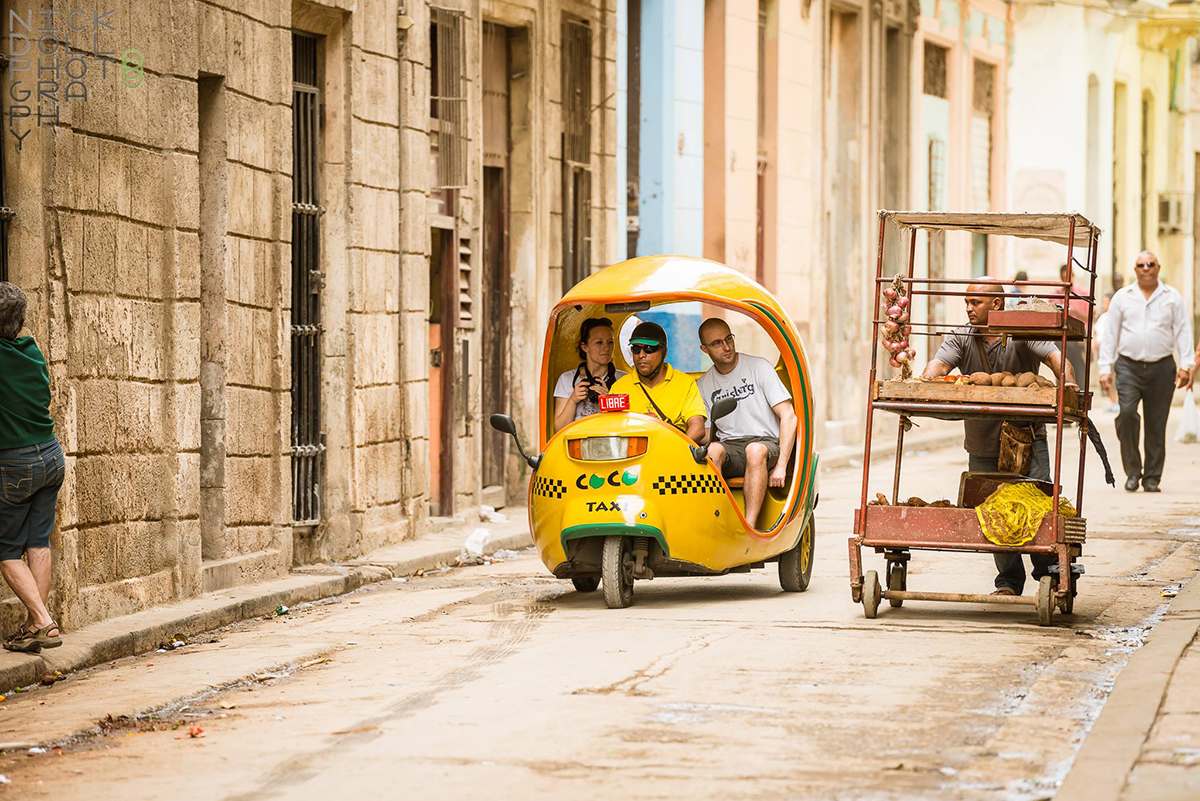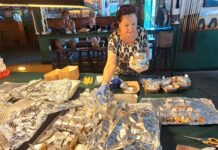More than 1.5 million Floridians identify as Cuban, and tourists flock to the Keys to get a taste of “Cuban” food. According to the Pew Research Foundation, immigration is spiking: 54,406 Cuban immigrants arrived in South Florida in 2016 alone. Many restaurants in the Lower Keys boast cultural authenticity, including such institutions as El Meson de Pepe and El Siboney.
Both El Meson de Pepe and El Siboney serve traditional dishes, like ropa vieja, picadillo, and bistec Cubano. Their menus also diverge into American and Mexican dishes like guacamole and even hamburgers, in a bid to satisfy the North American palate. A favorite local dish at Key West Cuban restaurants is camarones al ajillo: local pink shrimp cooked in a savory sauce of garlic butter. El Meson’s addition of red peppers and parsley is fresh and vegetal, accompanied by sliced lime for a pop of citrus.
Perhaps the most sought-after and contested culinary mainstay in the Keys is the Cuban mix sandwich. Sandy’s Café is widely known for the Cuban mix, and locals agree on the formula: roast pork and ham, Swiss cheese, lettuce, tomato and pickles, with mustard (and sometimes mayo) pressed on Cuban bread.
While the classic combination of roast pork and cheese pressed between bread has existed in Cuba for hundreds of years, the “Cuban mix” arrived in Florida via Cuban workers at cigar factories and sugar mills. Over the years, ingredients have been added or subtracted, debated, and eventually, devoured. Like the Cuban mix, many dishes considered “Cuban” in the minds and mouths of South Floridians are actually a departure from the food in Cuba itself.
Key West educator Ashlie Hood recently visited Cuba and experienced this firsthand.
“I was expecting to have an ‘El Siboney’ experience while dining in Cuba,” Hood said. “That was not the case whatsoever!”
Indeed, the cuisine in Cuba lacks the variety of produce and proteins available year-round in the U.S. Pork and chicken are the primary proteins. Cuban families have libretas, or ration books, and receive chicken, rice, eggs, sugar, coffee, and cooking oil every 10 days. These ingredients are dominant, especially in the paladares — restaurants run out of private homes.
“We picked a quaint spot on the beach in Playa Guanabo, and my friend and I placed our order in broken Spanish, and to our surprise, we received a delicious chicken and rice plate and a small salad,” Hood said.
Produce in Cuba is limited by season and farmer’s yield, and imports are restricted by weighty taxation and trade embargoes. Farmers in Cuba are also required to sell 70 percent of produce to the state at below-market prices. Thus, while selection is limited, fruits and vegetables are seasonal and extremely fresh. Pineapples, mangos and small bananas — platanitos — dominate the roadside fruit stands, as well as tomatoes and avocados where available.

“It’s kind of mind-blowing to go into someone’s living room-turned-restaurant and have a 10-minute conversation about how delicious a tomato is,” said Key West writer David Sloan. “All of the produce blows you away. They might not have everything all the time, but what I’ve had tasted fresh from the earth and better than anything I’ve had in the States since I was a kid and my parents had a garden.”
That said, U.S.-based vegetarians and vegans might find dining in Cuba a challenge. The Cuban diet relies heavily on pork and chicken, as well as rice and beans. Menus are rare outside of hotels and high-end restaurants, and menu items are more often than not unavailable. Grocery store shelves more closely resemble U.S. gas station goods — cooking oil, canned tomatoes or olives, packaged snack foods — than the global bounty in American grocery stores. There is very little waste in Cuban cooking, and cooks make magic out of what is available
“Cubans know how to prepare a pig. We took a few from farm to table,” Sloan said. Indeed, it’s not unusual to see animals being butchered outside of restaurants, even on the sidewalks of Havana.
Whole salt-baked fish can be found readily in coastal towns, as well as occasional shrimp and lobster, for a price. Fresh eggs and fruit — and strong hot coffee—are served for breakfast in Cuban homes and paladares. Cuban coffee isn’t served sweetened or with milk, despite “Cuban” café con leche in Key West traditionally coming with both. Milk is scarce in Cuba.
Samantha Perera, a server in Havana, sums up the Cuban diet: “Pork, definitely — and fish, because we are an island. And of course rice and beans. Rice and beans every day — it has to be on our table all the time.” What might Cubans criticize when it comes to food in the U.S.? Perera says: “You have these tiny avocados. I have an avocado tree, and they are huge, and they aren’t purple like yours — they are bright green. I think your avocados suck.” Avocados aside, Americans may find themselves yearning for the gastronomic diversity available in Key West. But for an authentic Cuban dining experience, one need only travel 90 miles south.
By SARAH THOMAS



























